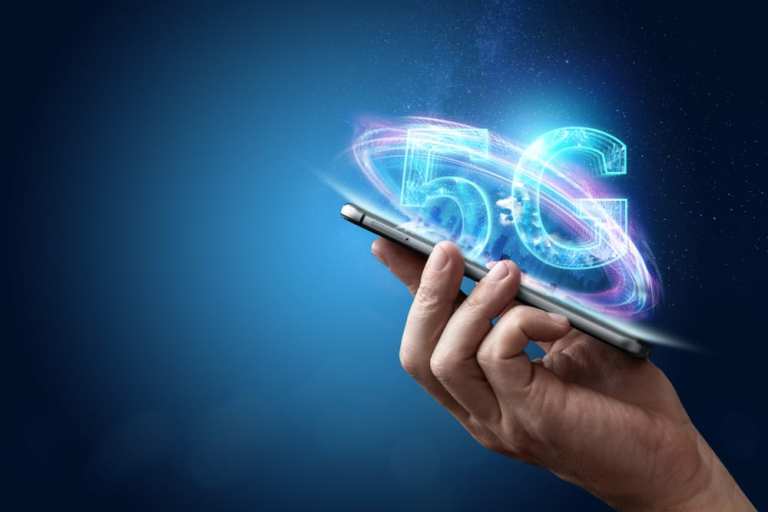
Retailers surely have more than enough to worry about these days. For one, the pace of innovation keeps speeding up – and that holds true for all types of retail niches, from apparel to grocery to others. Closely tied to that is the increasing demand from consumers for all types of fuller, interconnected, omnichannel experiences – shopping and transactions that not only combine offline and online channels, but are frictionless while also being fun and even memorable.
Fast on the horizon, of course, is the new mobile network technology called 5G. Sure, everyone has heard of it, and pretty much everyone is making at least rough plans to incorporate it into their payments and commerce activities. Hype is a surplus commodity in business, but the talk and expectations about 5G – how it could eventually revolutionize the ancient practice of buying and selling – hardly seem far-fetched.
5G Growth
Now comes more signs that 5G could arrive sooner than expected, at least in a general sense, according to one analysis. If such a view holds out, that means more pressure for merchants to figure out how this technology will impact their businesses and relationships with consumers.
The latest Ericsson Mobility Report predicts there will be more than 10 million 5G subscriptions globally by the end of this year, and that “5G population coverage is forecast to reach 45 percent in 2024. On a global level, 5G network deployments are expected to ramp up during 2020, creating the foundation for massive adoption of 5G subscriptions.” Those first big waves of 5G subscribers are very likely to be made up of younger consumers.
The big question is whether retailers (along with other businesses and organizations that depend on mobile commerce and payments) will be ready. That’s a view recently expressed by Dealerscope in a report on the activities of CE Week 2019, which took place in New York City in June. “There’s a clear disconnect between the industry’s expectations and messaging around 5G, and the reality of this rollout,” stated a report. “What we don’t want to see is another situation like we had with 4G LTE, where a lot was promised and it took years before anything was actually delivered. The industry is tip-toeing a dangerous line right now in that regard.”
The emerging 5G technology has tremendous retail potential. The early use cases are likely to come heavily from the grocery sector, which is moving toward a cashierless – or much more cashierless – future. Amazon Go is pretty much setting the standard for those efforts, although, as PYMNTS has covered, U.K. supermarket chains such as Tesco and Sainsbury’s have been starting to include camera-based technology. “The one example that stands out from the discussion of 5G’s possible impact on the shopping experience relates to a grocery setting,” Dealerscope said.
“Imagine walking into a grocery store, looking for an item, being guided to the exact location via in-store directions that are displayed in (augmented reality) on a smartphone or through a smart glasses experience, and when you get to the item – maybe a container of medicine or vitamins – the ingredients are displayed there in front of you, and instantaneously, you’re alerted to potential ingredients in the product that could flare up some allergy that you have, thus preventing you from a scary medical emergency.”
5G and AR
Indeed, augmented reality is a big, early focus of 5G retail innovative efforts, with evidence coming from such places as South Korea.
But even as the 5G future looms, retailers will still face years of dealing with existing mobile network technology – presenting its own challenges and also opportunities for innovation. In general, according another report, this one from TotalRetail.com, “retail brands need to be thinking critically about how they can leverage the technologies and data they have today to offer optimal mobile shopping experiences to customers across a wide breadth of connection speeds, especially when you consider that mobile is outpacing desktop for the first time when it comes to online orders.”